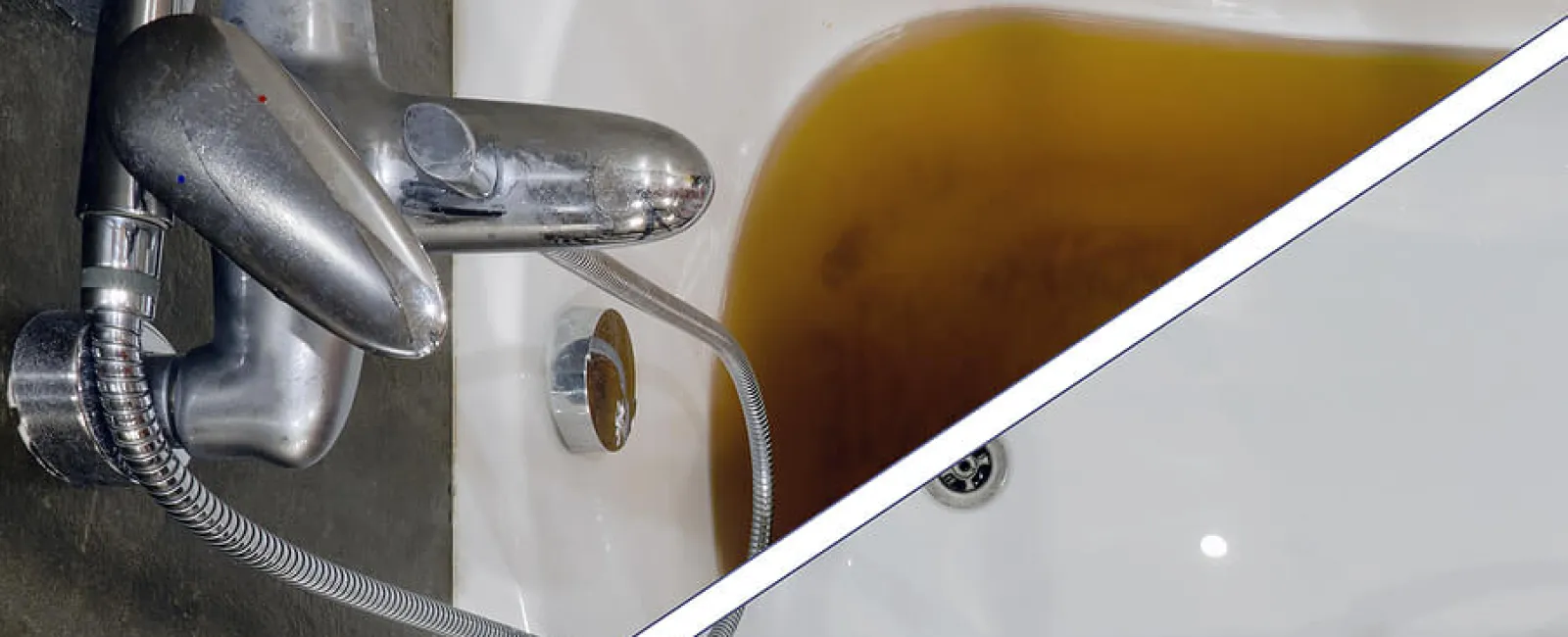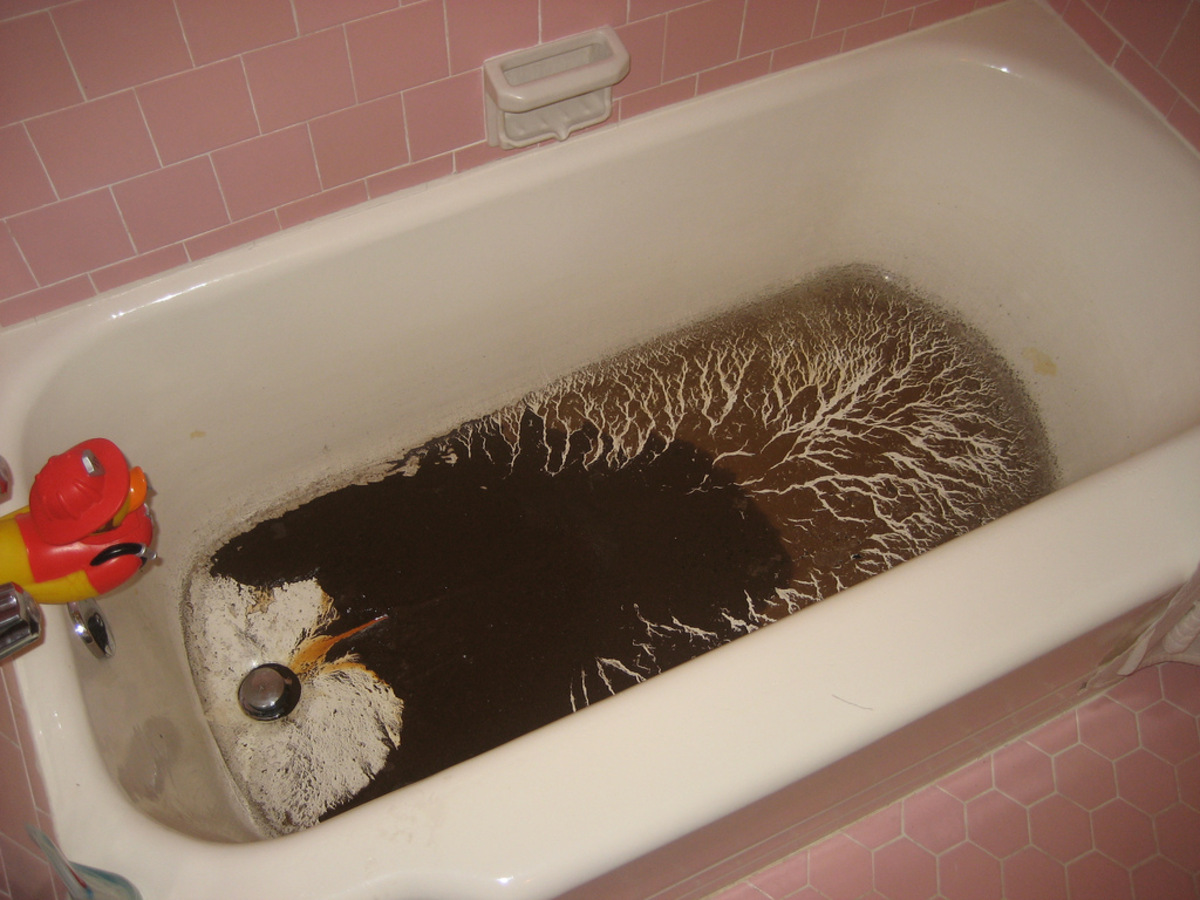The Comprehensive Guide: Waste Rising Through the Bathtub
The Comprehensive Guide: Waste Rising Through the Bathtub
Blog Article
The article author is making a few great annotation on the subject of Why sewage is coming up through your bathtub overall in this post followed below.

Sewage backup in the bath tub can be a stressful and unhygienic problem for any kind of property owner. Not just is it inconvenient, yet it also positions significant wellness threats and indicates underlying problems with the plumbing system. Understanding why sewage is turning up with the bathtub is critical for taking suitable action to address the trouble successfully.
Introduction to the Issue
Recognizing the Issue
When sewer draws back up right into the tub, it's a clear indication of an issue with the water drainage system. The wastewater that must be flowing far from your home is instead discovering its back into your space, which can result in significant damages and health hazards.
Prospective Causes
A number of variables can add to sewage backup in the tub. From obstructions in the drain line to problems with the plumbing facilities, recognizing the root cause is necessary for finding a solution.
Usual Reasons for Sewage Back-up
Blockages in the Drain Line
Among one of the most common root causes of sewer backup is a clog in the drain line. This can happen because of the accumulation of debris, oil, or international things in the pipelines, protecting against appropriate circulation and triggering sewer to back up into your bath tub.
Tree Origin Breach
Tree origins seeking moisture and nutrients can penetrate sewage system lines via little fractures or joints. Over time, these origins can grow and increase, creating significant damages to the pipelines and bring about sewer backup problems.
Aging Facilities
Older homes might have dated plumbing systems that are extra prone to rust, cracks, and damage. As pipes age, they come to be extra vulnerable to leakages and blockages, raising the probability of sewer back-up occurrences.
Heavy Rainfall or Flooding
Throughout periods of heavy rainfall or flooding, the sewer system may come to be overwhelmed with excess water, triggering back-ups and overflows. This can lead to sewer backing up right into tubs and other fixtures inside the home.
Health Dangers Related To Sewage Backup
Contamination of Water Supply
Sewer backup can contaminate the water in your house, presenting a major wellness threat to you and your family members. Direct exposure to infected water can bring about gastrointestinal issues, skin infections, and various other health problems.
Spread of Illness
Sewage contains dangerous microorganisms, infections, and bloodsuckers that can trigger a series of conditions, including liver disease, cholera, and gastroenteritis. Entering into contact with sewage or infected surface areas places you at risk of infection.
Mold and mildew Development
Wetness from sewer back-up can develop ideal problems for mold and mildew development in your house. Mold spores can intensify respiratory system problems and trigger allergic reactions in sensitive people, making punctual cleaning vital.
Indications of Sewage Backup
Foul Odors
Undesirable odors originating from drains or components, especially in the restroom, may show sewer backup concerns. These smells are typically solid and persistent, signifying a trouble that calls for immediate attention.
Slow Draining Fixtures
Bath tubs, sinks, and bathrooms that drain pipes slowly or otherwise at all could be experiencing sewer backup. If multiple components are impacted at the same time, it's likely that the concern originates from a typical factor, such as the primary sewer line.
Gurgling Noises
Strange gurgling or bubbling sounds originating from drains when water is running elsewhere in the house are a sign of air trapped in the plumbing system. This air build-up can result from sewage back-up and must be checked out promptly.
Immediate Actions to Take
Turning Off Water Supply
In the event of sewage backup, it's necessary to turn off the water system to avoid more contamination and damages. Situate the major water shutoff valve in your home and closed it off up until the problem can be settled.
Speaking To a Specialist Plumber
Handling sewer backup is not a DIY job. Contact an accredited plumber with experience in managing sewage-related issues to examine the situation and do needed repair work or clean-ups.
Preventing Contact with Polluted Water
Until the sewer backup is fixed, avoid contact with infected water to prevent the spread of microorganisms and microorganisms. Put on protective equipment if you should remain in the damaged location and clean your hands completely later.
Preventive Measures
Regular Upkeep of Sewage System Lines
Set up regular assessments and maintenance of your drain lines to recognize and deal with possible concerns prior to they escalate right into significant problems. This can consist of cleaning debris, examining for tree origin breach, and fixing any kind of damaged pipes.
Setting Up Backwater Valves
Take into consideration installing bayou shutoffs in your plumbing system to avoid sewage from flowing back right into your home during durations of heavy rainfall or flooding. These shutoffs automatically close when water starts backing up, shielding your residential or commercial property from contamination.
Correct Disposal of Home Waste
Prevent purging anything besides toilet paper and human waste down the bathroom to avoid obstructions and blockages in the drain line. Dispose of oil, oil, and various other family chemicals appropriately to reduce the threat of plumbing issues.
Tidying up After Sewage Back-up
Disinfection Procedures
Thoroughly decontaminate and sanitize affected locations after sewage back-up to eliminate unsafe microorganisms and protect against mold and mildew growth. Use proper cleaning items and protective equipment to ensure safe and effective clean-up.
Remediation of Influenced Locations
Repair any damages to flooring, wall surfaces, or components triggered by sewage backup. Depending on the degree of the damages, you might require to change carpets, drywall, or various other products to restore your home to its pre-loss condition.
Why Is Water Backing Up in My Bathtub When I Flush My Toilet?
What to do about a sewer line clog
First, don’t bother with plunging. No amount of plunging will dislodge the clog in a sewer line. The clog is too far away. Plungers are for clogs in the toilet itself, not the sewer line. Plus, the most likely causes of a sewer clog are:
Tree roots Flushed toys or feminine products Grease buildup Those items don’t move easily. And in the case of tree roots, the roots need to be cut out of the pipe and the pipe will need to be repaired.
You’ll need a closet auger. A closet auger is a type of plumber’s snake with a protective cover to keep from scratching the delicate porcelain toilet. If the clog is further down, you may need to remove the toilet or use one of your cleanouts to get to the clog.
We also recommend doing a video inspection of the drain to ensure that the cause of the clog has been completely removed. Otherwise, you could have the same problem again in a few days or weeks.
https://mspplumbingheatingair.com/blog/why-is-water-backing-up-in-my-bathtub-when-i-flush-my-toilet

Do you like more info about What To Do If Sewage Starts Backing Up Into the Shower? Create a remark directly below. We would be delighted to listen to your suggestions about this blog entry. We hope to see you back again soon. Please take the time to share this blog if you enjoyed reading it. We treasure reading our article about What To Do If Sewage Starts Backing Up Into the Shower.
Call Today
Report this page